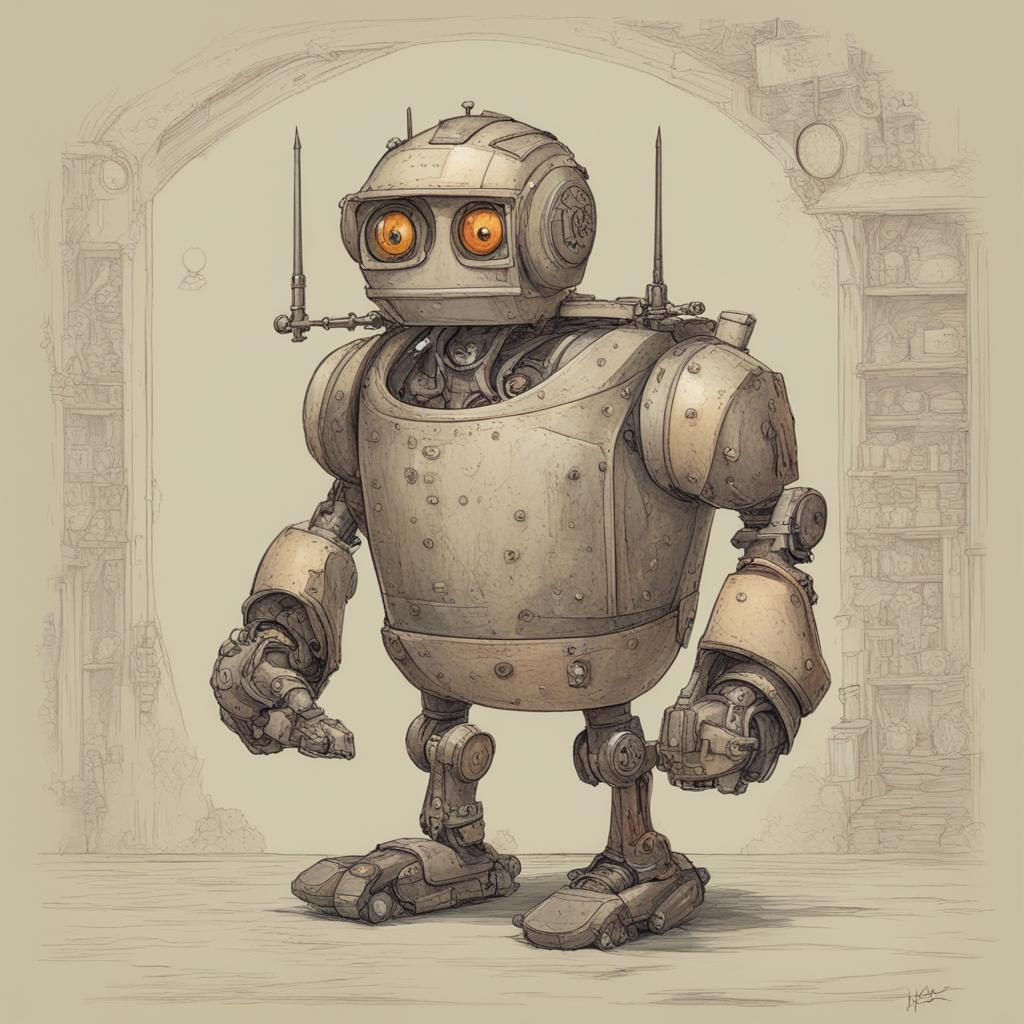Be My Eyes – How AI can help the Disabled

This episode explored how AI is transforming assistive technology to expand accessibility for the disabled. We learned how modern AI enables advanced screen readers, speech recognition, facial/emotion detection and more. A case study on Be My Eyes showed how humans and AI can collaborate to give on-demand sight to the blind through video chat. While limitations remain, the future looks bright for AI to remove barriers, grant independence and empower the disabled.
This podcast was generated with the help of artificial intelligence. We do fact check with human eyes, but there might still be hallucinations in the output.
Music credit: “Modern Situations by Unicorn Heads”
Start listening:
Or Listen On Your Favorite Network:
Don’t want to listen to the episode?
Here you can read it as an article!
How AI is Expanding Accessibility for the Disabled
Introduction
For years, assistive technologies like screen readers and speech recognition were limited in supporting the disabled. Artificial intelligence is now enabling transformative breakthroughs in this field. This podcast episode explored how AI is tearing down barriers and empowering people with disabilities.The Evolution of Assistive AI
Whereas early assistive devices relied on simple pattern matching, modern AI allows for natural language processing, predictive modeling, facial recognition and emotion detection. This makes these tools flexible, contextual and intelligent.Case Study: Be My Eyes
Be My Eyes connects blind individuals with sighted volunteers who lend their vision on-demand through live video chat. This ingenious app combines human compassion and AI coordination to give the blind on-the-spot sight assistance.The Road Ahead
AI still faces challenges in unfamiliar environments and specialized tasks. However, rapid advancements promise assistive robots, predictive accessibility features and inclusive-by-design spaces powered by AI.Key Takeaways
– Modern assistive AI can narrate surroundings, understand commands, detect emotions and more. – Be My Eyes demonstrates the immense power of human-AI collaboration. – Thoughtful design and oversight remains crucial to ensure empowerment. – AI has vast potential to remove barriers when combined with human compassion. Overall, this technology could help disabled individuals gain independence and thrive. But we must ensure AI expands access for all.Want to explore how AI can transform your business or project?
As an AI consultancy, we’re here to help! Drop us an email at info@argo.berlin or visit our contact page to get in touch. We offer AI strategy, implementation, and educational services to help you stay ahead. Don’t wait to unlock the power of AI – let’s chat about how we can partner to create an intelligent future, together.



